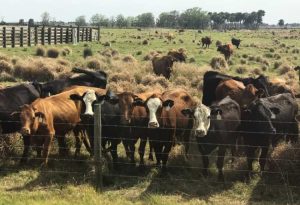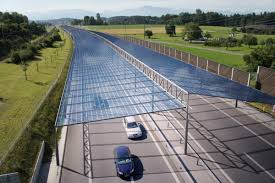SEWERS AS HEATERS FOR COMMUNIAL HOUSING.

Lieven de Key, a housing corporation in Amsterdam, is planning what is believed to be the first sewer warmth project that will tap into a main district sewage pipe to warm 1,600 existing social and student homes. After the Dutch words for sewer, riool, and warmth, this sustainable, 24/7, year round heat source is dubbed riothermie. After some initial scepticism, the company was slowly won round to the idea of urban heating, says development manager Rienk Postuma. They talked to a company called Liander, which builds underground connections, and to the water board, “and then the idea was born to put water-fuelled heat pumps in the buildings, winning back heat from the collective sewer for this part of Amsterdam”. “We have a photo of the street covered with snow, and the manhole covers all without snow,” says Jeroen Rademaker, the project leader. “Even when there’s snow in the winter, the sewer is warm. Warm sewage water flows 24 hours a day and we should capture it. This can happen wherever there is a big sewage pipe.” “The warmth comes from showers, the toilet, wastewater from washing, from the dishwasher, from the washing machine,” says Postuma. “Together it all gives, throughout the year, a temperature between 15 and 18 degrees. And we are going to make a bypass around the main sewer, put a heat exchanger around it and bring it to the houses in insulated pipes. We place it in an electric heat pump, and the water is heated up to 60 or 70C – medium temperature.” The heat exchanger transfers that source heat from the drain to a working fluid that can be transported to the buildings without needing to circulate the actual sewage waste. Then the blocks’ heat pumps, fired by solar energy, can amplify that heat in the opposite way to the workings of a refrigerator. For individual homes, each one would have to have their own heat pump connected to this “source net”.



